Japan has turned anime tourism into an art form, and fans from around the world flock to the real locations that inspired their favorite shows. These aren’t just random spots that happen to look similar—they’re carefully chosen settings that anime creators used as direct inspiration for their fictional worlds.
Walking through these places feels like stepping directly into the screen, where every street corner and building might trigger a wave of recognition. The phenomenon has become so popular that local governments actively promote these connections, putting up signs and creating special maps for visiting fans.
Here is a list of 17 iconic anime pilgrimage sites that showcase the incredible blend of real Japanese locations and animated storytelling.
Hida-Takayama
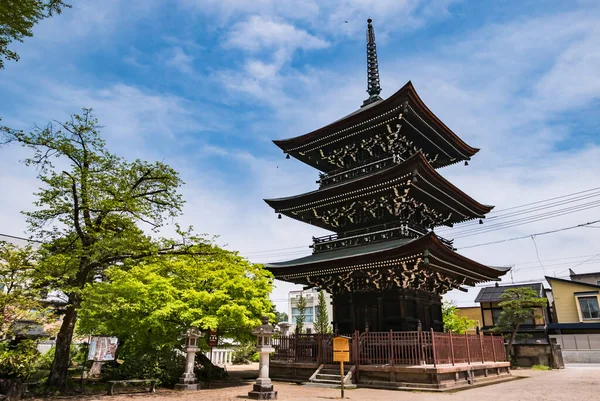
The mountain town of Hida-Takayama in Gifu Prefecture became a global sensation after serving as the primary setting for ‘Your Name.’ The film’s stunning depiction of this traditional town, with its wooden buildings and mountain backdrop, drove thousands of fans to visit the actual locations.
You can walk the same streets where Taki searched for Mitsuha, including the famous stairs near the Hida City Library that appear in the movie’s climactic scenes. The town has embraced its anime fame so thoroughly that local businesses now sell ‘Your Name’ themed products, and the tourist information center provides special maps marking all the film locations.
Washinomiya Shrine

This quiet shrine in Saitama Prefecture became the unofficial headquarters for ‘Lucky Star’ fans after the anime featured it prominently in several episodes. The shrine, which dates back over 1,000 years, suddenly found itself overwhelmed with young visitors who came to recreate scenes from the show.
What started as a trickle of curious fans turned into a full-blown pilgrimage site, with the shrine’s ema (wooden wishing plaques) now covered in anime-style artwork and messages from international visitors. The local community initially seemed surprised by the attention but has since welcomed the economic boost that anime tourism brought to their small town.
Like Travel Pug’s content? Follow us on MSN.
Enoshima and Kamakura
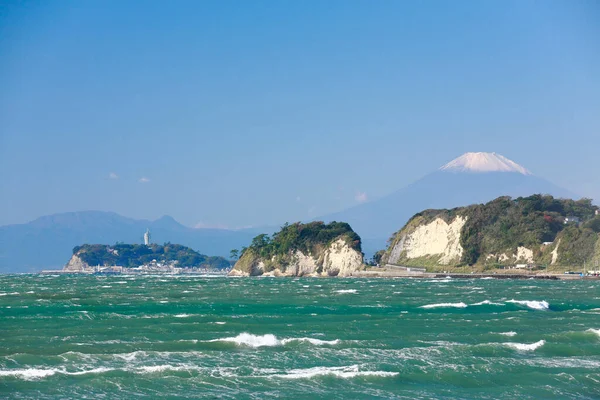
The coastal areas of Enoshima and Kamakura have appeared in countless anime, but they’re most famous for their role in ‘Slam Dunk.’ The Kamakurakokomae Station railroad crossing, where Sakuragi and Haruko had their memorable encounter, has become one of Japan’s most photographed anime locations.
Fans regularly recreate the iconic scene, though they have to be careful of the actual trains that still run through this working station. The entire Enoshima Electric Railway line, known locally as the Enoden, offers anime fans a scenic journey through multiple locations featured in various shows, making it feel like a moving tour through anime history.
Chichibu
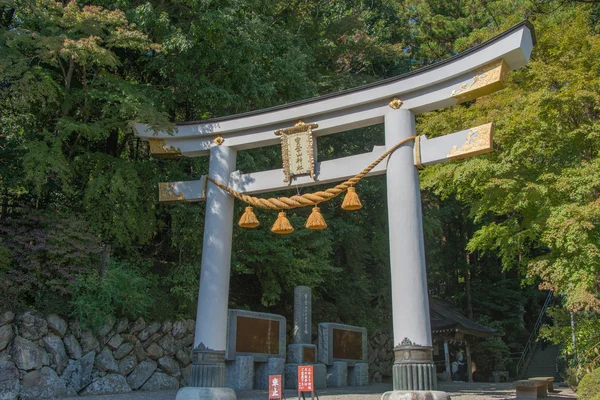
The rural city of Chichibu in Saitama Prefecture gained international recognition as the setting for ‘Anohana: The Flower We Saw That Day.’ The show’s emotional story about childhood friends resonated so deeply with fans that they began making pilgrimages to every location featured in the anime.
The Chichibu Bridge, local shrines, and even specific residential streets became gathering points for fans who wanted to connect with the story’s themes of friendship and loss. Local businesses responded by creating ‘Anohana’ themed products and establishing an annual festival that celebrates both the anime and the community’s embrace of its newfound fame.
Toyosato Elementary School
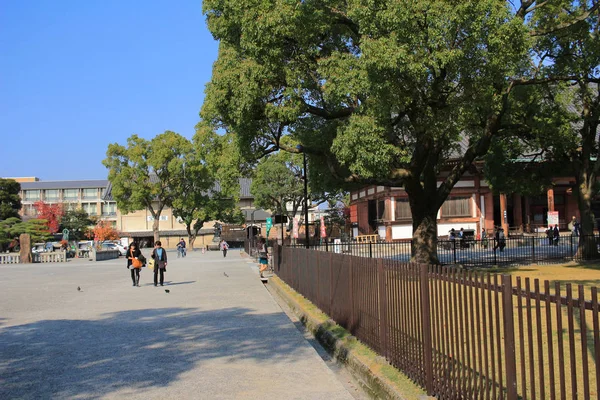
This historic elementary school in Shiga Prefecture served as the inspiration for the school in ‘K-On!’ and has become a beloved destination for fans of the music-themed anime. The building, constructed in 1937, perfectly matched the show’s aesthetic with its distinctive architecture and nostalgic atmosphere.
Fans can visit the actual classrooms and hallways where the fictional light music club would have practiced, and the school has preserved many of the details that appeared in the anime. The local community has turned the school into a cultural center that welcomes visitors while maintaining the building’s educational heritage and historical significance.
Like Travel Pug’s content? Follow us on MSN.
Numazu
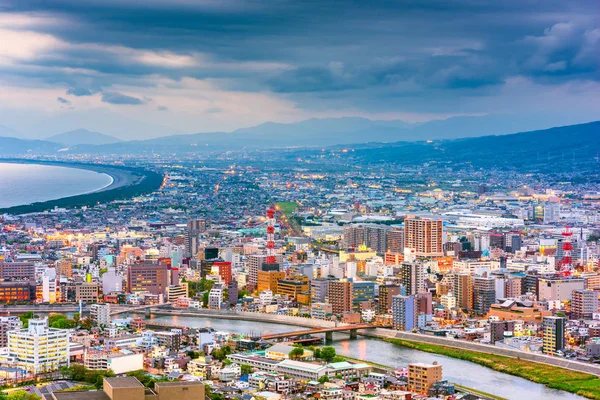
The coastal city of Numazu in Shizuoka Prefecture experienced a tourism boom after becoming the primary setting for ‘Love Live! Sunshine!!’ The anime’s detailed recreation of local landmarks, from the harbor to specific shops and restaurants, made fans feel like they could step directly into the world of Aqours.
Local businesses embraced the connection by displaying character standees, selling themed merchandise, and even hiring voice actors for special events. The city government officially partnered with the anime series, creating an ongoing relationship that brings tens of thousands of visitors annually and has revitalized the local economy in ways nobody expected.
Onomichi
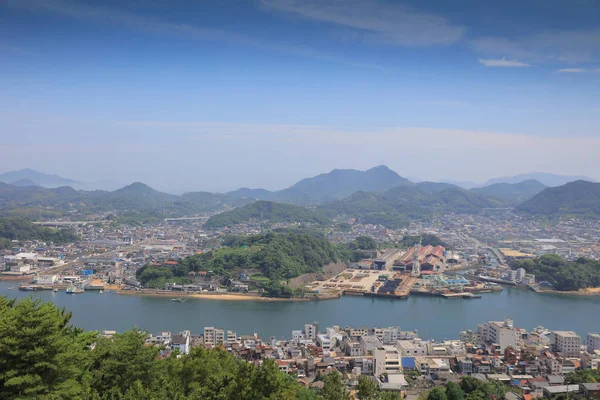
This picturesque port town in Hiroshima Prefecture has long been a favorite of filmmakers, but it gained new fame among anime fans through various series that showcased its steep hillside streets and traditional architecture. The town’s unique layout, with temples perched on hillsides overlooking the Seto Inland Sea, creates the perfect backdrop for coming-of-age stories that are popular in anime.
Visitors can take the same cable car routes and walk the narrow stone paths that appear in multiple anime series, experiencing the timeless charm that makes this location so appealing to creators. The blend of old and new, with modern convenience stores nestled between ancient temples, captures the essence of contemporary Japan that anime often celebrates.
Notojima Aquarium Area

The Noto Peninsula in Ishikawa Prefecture, particularly around Notojima Aquarium, became a pilgrimage destination for fans of ‘Glasslip.’ The anime’s focus on glass-making and the beautiful coastal scenery showcased this relatively unknown region to anime audiences worldwide.
The area’s traditional glass-working studios and scenic ocean views provided the perfect setting for the show’s contemplative themes about art and relationships. Local artisans have noticed increased interest in their craft from anime fans, creating an unexpected cultural exchange where visitors learn about traditional Japanese glass-making techniques while exploring locations from their favorite series.
Like Travel Pug’s content? Follow us on MSN.
Uji
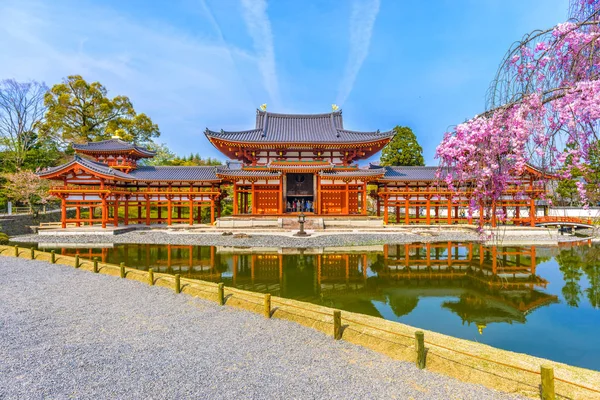
The historic city of Uji in Kyoto Prefecture serves as the setting for ‘Sound! Euphonium,’ bringing anime fans to a place already famous for its green tea and Buddhist temples. The anime’s meticulous recreation of local landmarks, including Uji Bridge and various shopping districts, demonstrates the creators’ dedication to authenticity.
Fans can follow the exact routes taken by the Kitauji High School concert band members, visiting the same festivals and locations that appear throughout the series. The combination of Uji’s existing cultural attractions and its anime connections has created a unique tourism experience where visitors can appreciate both traditional Japanese culture and contemporary pop culture in the same trip.
Ogaki
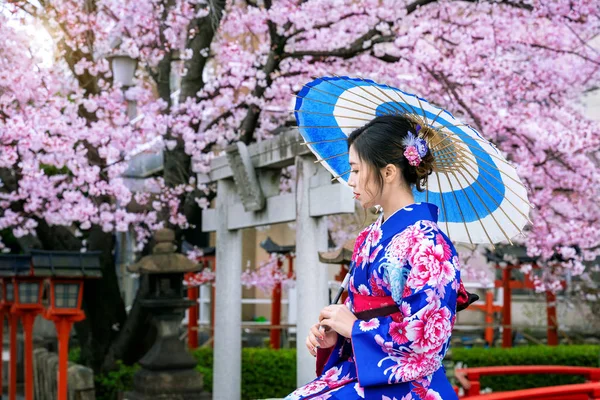
This city in Gifu Prefecture gained attention from ‘Yuru Camp’ fans who were drawn to its role as a gateway to some of Japan’s best camping locations. While the anime focuses more on outdoor adventures than urban exploration, Ogaki serves as an important hub where characters gather supplies and plan their camping trips.
The city has embraced its connection to the outdoor lifestyle promoted by the anime, with local shops stocking camping gear and providing information about nearby campsites. Visitors often use Ogaki as their own base for exploring the camping locations featured in the show, creating real-world adventures inspired by the animated characters’ experiences.
Itomori Lake Area
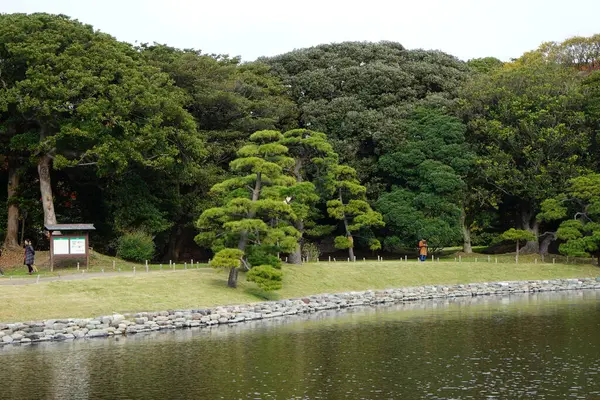
Though the fictional town of Itomori from ‘Your Name’ doesn’t exist, the lake that inspired it can be found at Lake Suwa in Nagano Prefecture. The film’s creators used this location as visual inspiration for the crater lake that plays a crucial role in the movie’s plot.
Fans make the journey to Lake Suwa to experience the same breathtaking mountain scenery that appears in the film’s most memorable scenes. The area’s natural beauty, combined with its connection to one of Japan’s most successful anime films, has made it a popular destination for both nature lovers and anime enthusiasts who want to see the real landscape behind the fictional story.
Like Travel Pug’s content? Follow us on MSN.
Shinjuku
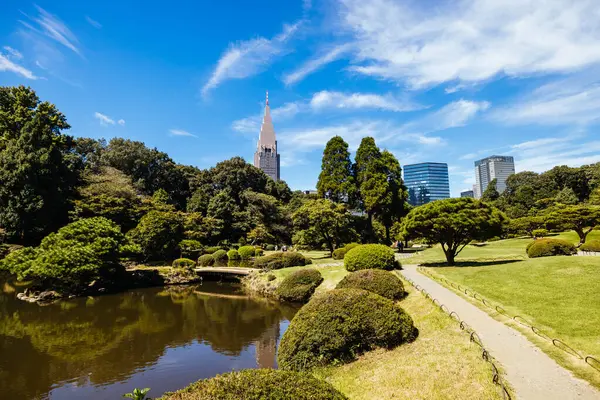
Tokyo’s busiest district has appeared in countless anime series, but it holds special significance for fans of various urban-themed shows. The massive JR Shinjuku Station, the world’s busiest railway station, serves as a backdrop for numerous anime scenes involving crowded city life and chance encounters.
The district’s mix of towering skyscrapers, narrow alleys, and neon-lit entertainment areas perfectly captures the energy and complexity of modern Tokyo that anime creators love to portray. Walking through Shinjuku feels like moving through a living anime set, where every corner might reveal a location that appeared in your favorite series.
Shirakawa-go
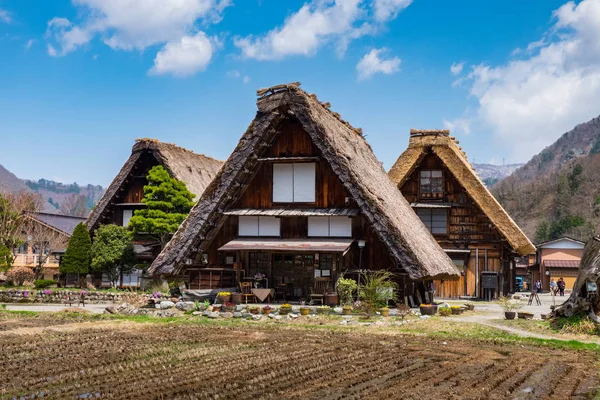
This UNESCO World Heritage site in Gifu Prefecture, famous for its traditional gassho-zukuri farmhouses, has appeared in several anime series that celebrate Japan’s rural heritage. The village’s unique architecture, with steep thatched roofs designed to handle heavy snowfall, creates a fairy-tale atmosphere that anime creators find irresistible.
Visitors can stay in these traditional houses, which have been converted into ryokan (traditional inns), and experience the same mountain village life that appears in various anime series. The combination of historical significance and anime connections makes Shirakawa-go a destination where fans can appreciate both Japan’s cultural heritage and its contemporary pop culture expressions.
Matsumoto Castle

One of Japan’s most beautiful original castles, located in Nagano Prefecture, has served as inspiration for various anime series featuring historical or fantasy themes. The castle’s distinctive black exterior and alpine setting provide a dramatic backdrop that anime creators often use when they need an imposing, authentic Japanese fortress.
Fans visiting Matsumoto Castle can climb the same steep wooden stairs and enjoy the same panoramic mountain views that appear in animated form across multiple series. The castle’s preservation as a national treasure adds educational value to anime pilgrimages, allowing fans to learn about actual Japanese history while exploring locations from their favorite shows.
Like Travel Pug’s content? Follow us on MSN.
Tateishi
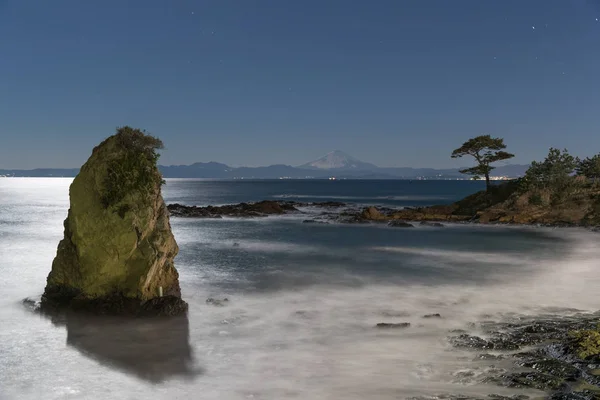
This quiet residential neighborhood in Tokyo’s Katsushika ward became famous among anime fans as the setting for several slice-of-life series that focus on everyday Japanese family life. The area’s narrow streets, small shops, and traditional houses represent the kind of authentic Tokyo neighborhood that many anime series use to ground their stories in reality.
Visitors can walk the same shopping streets and see the same small businesses that appear in various anime, experiencing the kind of local community life that these shows celebrate. The neighborhood’s embrace of its anime connections has created a welcoming atmosphere for international visitors who want to see authentic Tokyo beyond the major tourist attractions.
Sapporo
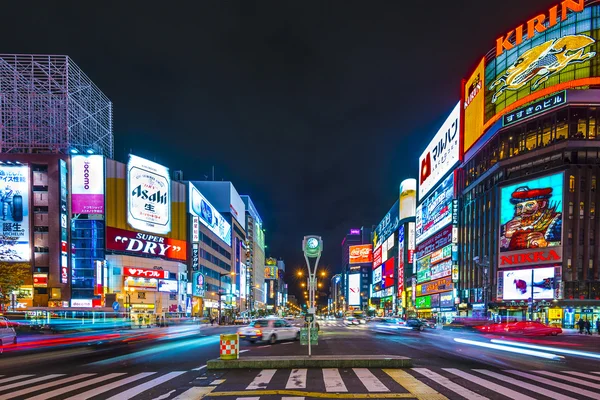
Japan’s northernmost major city has served as the backdrop for several anime series that take advantage of its unique climate and urban landscape. Sapporo’s wide streets, planned city layout, and snowy winters create a distinctly different atmosphere from other Japanese cities, making it an appealing setting for stories that need a fresh environment.
The city’s famous Snow Festival and beer culture have appeared in various anime, giving fans specific seasonal events and cultural experiences to seek out during their visits. Sapporo’s combination of urban sophistication and northern wilderness access provides anime creators with diverse storytelling possibilities that fans can explore in real life.
Arashiyama Bamboo Grove

This ethereal bamboo forest in Kyoto has appeared in numerous anime series whenever creators need a mystical, otherworldly setting within Japan. The grove’s towering bamboo stalks create natural corridors of green light that feel magical even in real life, making it easy to understand why anime creators choose this location for supernatural or romantic scenes.
Walking through the bamboo grove provides visitors with the same sense of wonder and tranquility that characters experience in animated form. The location’s accessibility from central Kyoto, combined with its frequent appearances in anime, has made it one of the most visited pilgrimage sites for fans who want to experience Japan’s natural beauty through an anime lens.
Like Travel Pug’s content? Follow us on MSN.
Where Fiction Meets Reality
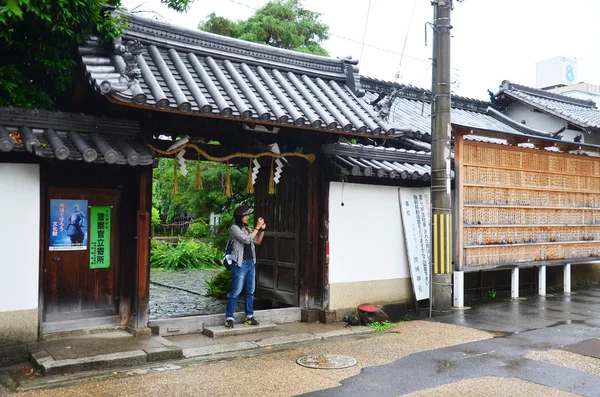
These pilgrimage sites represent something deeper than simple tourism—they’re places where the boundary between fiction and reality becomes beautifully blurred. Japanese anime creators have always drawn inspiration from real locations, but the global popularity of these shows has transformed quiet towns and famous landmarks into international destinations.
What started as artistic inspiration has evolved into cultural exchange, where fans from around the world come to Japan not just to see famous temples or busy cities, but to walk in the footsteps of beloved animated characters. The phenomenon has created unexpected economic opportunities for local communities while giving anime fans a way to connect physically with the stories that have touched their lives, proving that sometimes the most meaningful journeys are the ones that begin with a simple animated scene.
More from Travel Pug

- 20 Best Beach Towns in the Carolinas
- 13 Destinations Where Tourists Regularly Regret Their Trip
- 20 Things You Actually Get in First Class
- 20 Small Airports With Aviation Museums
- 20 Places in the U.S. That Are Perfect for a Reset Trip
Like Travel Pug’s content? Follow us on MSN.
